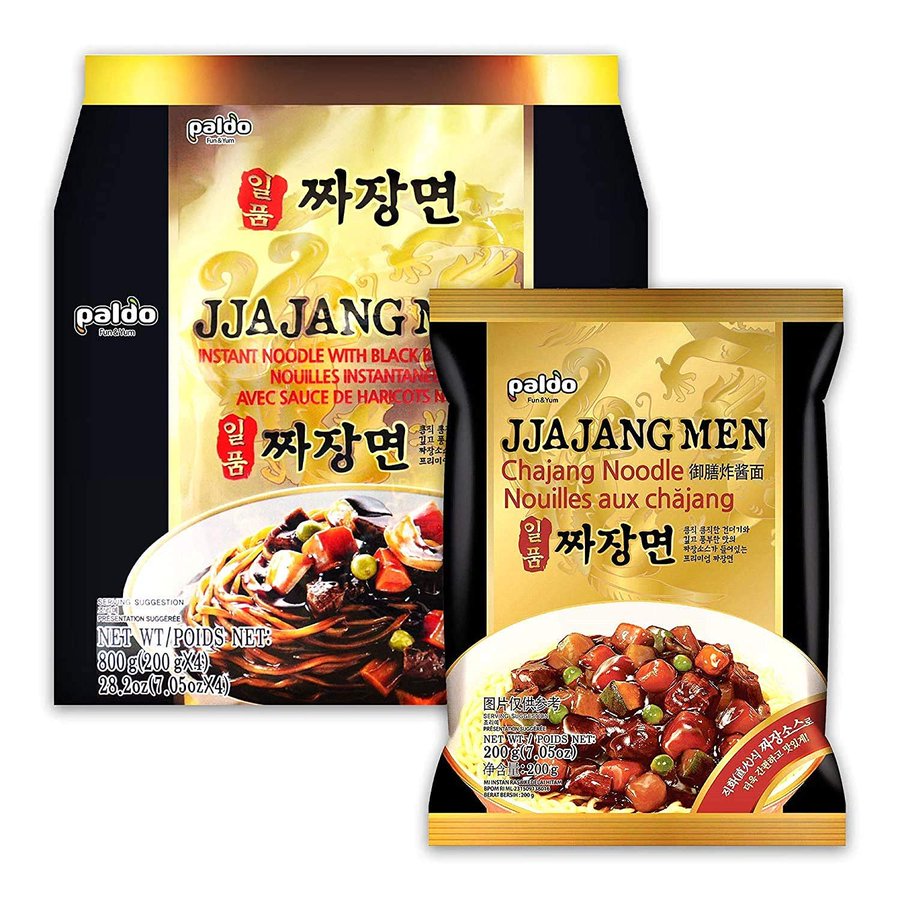Green leafy herbs are the unsung heroes of both the kitchen and the apothecary. They’re not just flavor boosters—they’re cultural symbols, medicinal allies, and botanical marvels. 🌿
🧄 Culinary Staples
These herbs are prized for their fresh, aromatic leaves and are often used raw or lightly cooked to preserve their flavor and nutrients.
🌱 Medicinal & Cultural Significance
Holy basil (Tulsi) is revered in Ayurvedic medicine for its adaptogenic properties.
Mint has been used for centuries to soothe digestion and freshen breath.
Sage was once believed to grant immortality in ancient Roman lore.
Thyme contains thymol, a natural antiseptic used in mouthwashes and balms.
🧪 Fresh vs. Dried
Fresh herbs (aka “green herbs”) retain vibrant color and volatile oils—ideal for garnishes and quick-cook dishes.
Dried herbs have concentrated flavors and longer shelf lives—better for slow-cooked meals.
🍽️ Pro Tips for Use
Add delicate herbs like parsley and cilantro at the end of cooking.
Use woody herbs like rosemary and thyme early to infuse flavor.
Chop herbs finely to release oils, or bruise them for infusions.
EXTRA RESEARCH.
(I watch a lot of Korean dramas, and I'm always drooling over the food. LOL.)
🍲 Korean Culinary Traditions
Many of the herbs on your page play key roles in Korean cooking, often with layered meanings:
- Perilla Leaves (Kkaennip) – Aromatic and slightly bitter, these are often eaten pickled or used as wraps. Their distinct flavor and versatility earn them a place in banchan spreads.
- Garlic Chives (Buchu) – Stir-fried, added to pancakes, or tucked into dumplings, their pungency boosts richness in humble home-style dishes.
- Mint – Known as "bang-ah" in Korean, mint isn’t as common in savory dishes but features in herbal teas that promote digestion and refreshment.
- Mugwort (Ssuk) – Used in rice cakes like ssuk tteok and soups, mugwort lends an earthy flavor and is tied to spring rituals and cleansing traditions.
🌿 Historical and Medicinal Roles
Korean traditional medicine (Hanbang) reflects centuries of botanical wisdom:
- Thyme and Sage – While not native to Korea, similar aromatic herbs have been used in teas and topical remedies for respiratory or skin-related ailments.
- Mugwort (Ssuk) – Considered a sacred herb, used for everything from digestive tonics to women’s health treatments. It’s burned in cleansing rituals, much like sage in other cultures.
- Perilla Seeds – Ground into pastes or oils, they're thought to support heart health and boost immune function.
♦♦♦♦
NOTE: This content is AI-generated. Just testing. 😀👍












